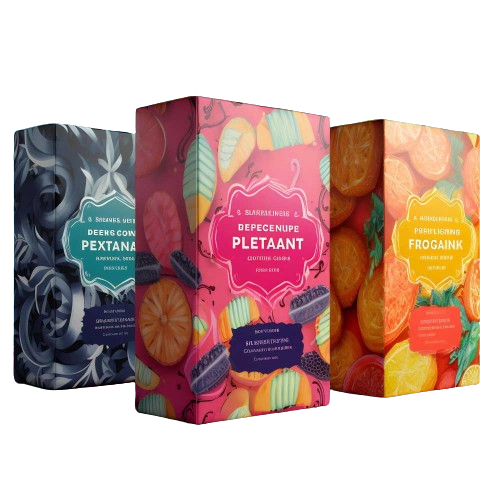Composite chitin film could replace plastic packaging
Plastic packaging has been used all across the world by the retail business owing to its immense importance. The use of a plastic bag is extended from the small business level to the large business level.

Plastic packaging has been used all across the world by the retail business owing to its immense importance. The use of a plastic bag is extended from the small business level to the large business level. On one hand, the plastic packaging is giving advantages to the business industry, while it is creating water and land pollution on a wide scale. Oceans are littered with hundreds of thousands of plastic bags, creating lethal issues of humans for the fishes and for humans too. There is a report that tells the shocking revelation that around 100 million tons of garbage and debris end up in the oceans. And 70 % of that debris and garbage includes the disposable plastic food packaging and plastic bags.
Now, the business community is turning its attention towards the usage of environmentally friendly packaging solutions that have no side effects for the environment as well as for human beings. Scientific research is being conducted all across the world to find ways to replace the use of plastic bags or packaging in our daily lives. Some researchers have found ways through which some materials can reduce or even replace the role of plastic packaging.
Environmentally-friendly packaging material
Researchers have developed two materials through which the role of plastic packaging can be reduced. They have developed two naturally occurring and eco-friendly polymers that could offer an environmentally friendly alternative to traditional plastic packaging for food and consumer goods. Those two materials include cellulose and chitin. The cellulose material is the most abundant biopolymer on Earth. The other second substance, chitin, is found in the shells, insects, and fungi. It is a fibrous substance having the quality of polysaccharides. Both substances, cellulose and chitin, are renewable substances.
These two substances have opposite charges, such as the chitins are positively charged and cellulose substances are negatively charged. It offers a perfect combination to form a new and wonderful material. The crystalline structure of this combined material prevents oxygen from getting through. When food products are packaged from these combined substances, it makes it difficult for the gas molecules to penetrate inside them due to the crystalline structure of the substances. These materials have high Young's modulus and tensile strength that will act as good barriers to many gases, including oxygen.
It will reduce the 67% oxygen permeability.
The combination of both cellulose and chitin reduces the oxygen permeability into the packaging by 67% as compared to another traditional plastic packaging, such as polyethylene, which is widely used in the market as transparent food packaging. The crystalline structure of this combined material prevents oxygen from getting through. When food products are packaged from these combined substances, it makes it difficult for the gas molecules to penetrate inside them due to the crystalline structure of the substances.
Research has shown that cellulose and chitin have no side effects when used as food additives. Hence, the conclusion can be easily made from this fact that the packaging made from this cellulose and chitin would have no detrimental effects on the food products. There is a need to have more research on this stage to explore the ways to find the right way of safe packaging for all products, including food. If this research is successfully conducted and implemented through the industrial process, it could bring revolution in the business field.






